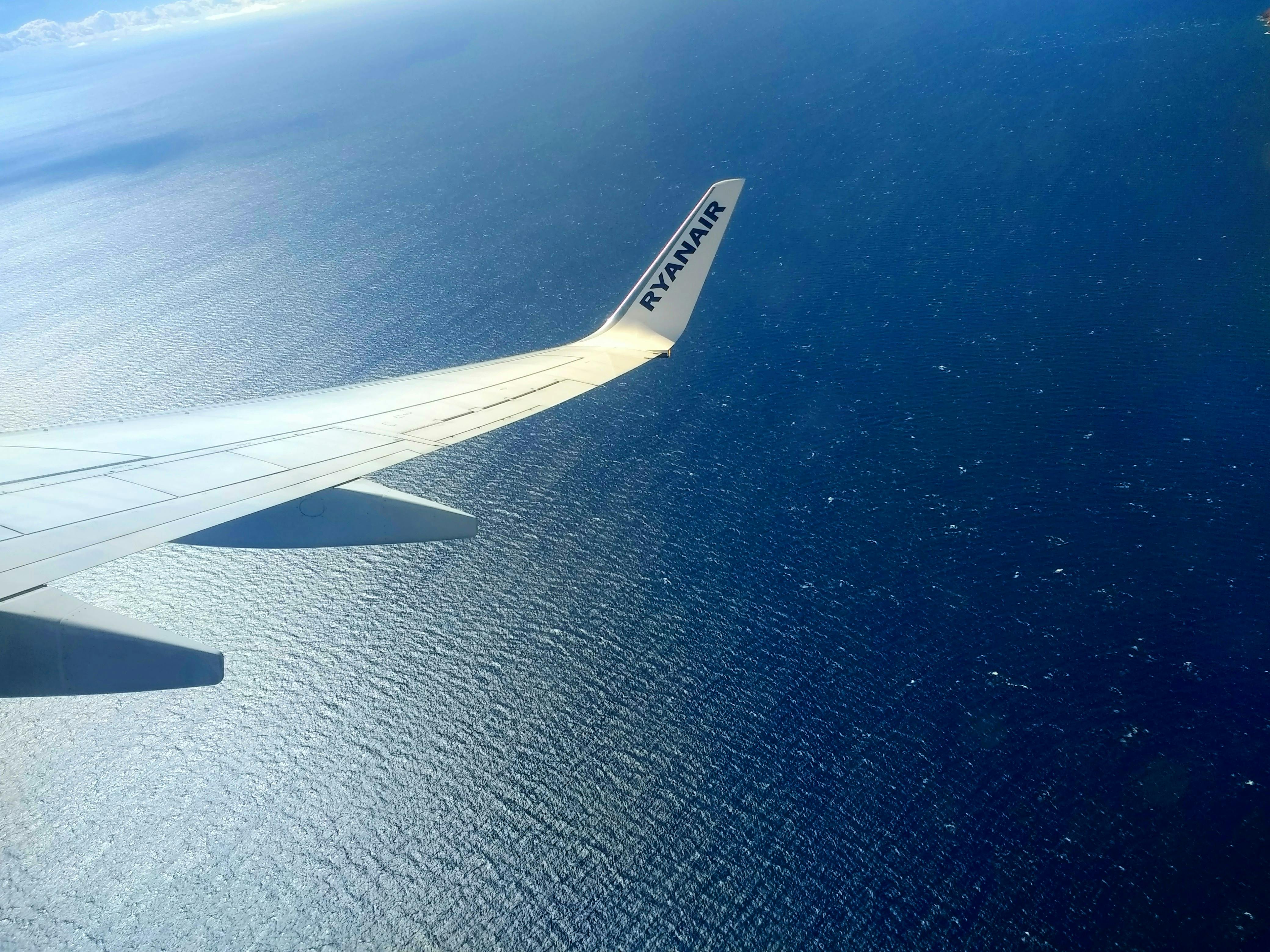There are a total of eight swing dance clubs located in and around the St. Louis area (including MUSIC in Collinsville, Illinois) that are members of the Midwest Swing Dance Federation, and all of these clubs are descended from St. Louis Imperial Dance. Club that was founded in 1973. The largest of these sister clubs, the West County Swing Dance Club, has the distinction of being one of the largest swing clubs in the United States with an active membership numbering over a thousand dancers.
Imperial Swing got its name from the Imperial Club located at Goodfellow Boulevard and West Florissant Avenue. The building, originally named Imperial Hall, was built in 1928 as a ballroom, bowling alley, and restaurant/bar complex. In the 1930s and 1940s, it was the Northwest St. Louis dance spot, just as Arcadia (later called Tune Town), Admiral Showboat in Midtown, and Casa Loma on the Southside, were the most popular dance halls in their respective areas. In 1952, George Edick Enterprises purchased Imperial Hall and George Edick renamed it the Imperial Club. During the early part of that decade, he operated the club as a dance hall with the theme of “a nice place for nice people.” He played “big band” music and catered mostly to private parties. He was able to regularly book guest appearances with popular artists like Stan Kenton and Louis Prima because Robert Hyland of CBS and KMOX radio broadcast his weekly show “Coast To Coast with Bob Hyland” from the Imperial Ballroom.
During the late 1950s and early 1960s, Edick realized that country musical taste had shifted toward “Rock ‘n Roll” and used his advertising and public relations firm to aggressively promote the Club. Imperial in KWK, KXOK, WIL and WGNU. The Joe Bozzi Quintet, Jimmie (Night Train) Forrest, Chuck Berry, Dolly Parton, The Monkeys, Glen Campbell, Ike and Tina Turner and a small vocal group now called the “Fifth Dimension” are among the many artists who began their careers in his club promoted a “Jitterbug” contest where a couple from the Imperial Club (Teddy Cole and Kathy Burke) won the National Jitterbug Championship. During the “Rock ‘n Roll” craze, Edick would host “Teen Night” dances on Tuesdays, and it was during these weekly dances that a variation of jitterbug that became known as the “Imperial Style” of St. Louis swing was born. As the ’60s progressed, musical trends changed again. The ‘roll’ started to disappear from “Rock ‘n Roll”, the ‘rock’ got louder and teenagers were increasingly attending loud psychedelic music concerts. Because it was almost impossible to dance to the maddening rhythms of his acid rock music, Edick gradually discontinued all public dancing in his club.
In the 1970s, George Edick wanted to reintroduce more listenable and danceable music to the Imperial Club and found that hosting swing competitions was just what he needed. He met with Teddy Cole, the Jitterbug champion who was also a dance promoter in his own right, and they decided to sponsor an annual St. Louis Jitterbug “Imperial Style” contest to elect a “City Champion.” These widely publicized contests caused many of the older, more experienced dancers to return to the club, and Edick sponsored a series of “Salute Dances” to introduce these veteran dancers to the newer dancers. As more and more people began to learn Imperial, they began to organize themselves into small dance groups that met in apartment complexes in the St. Louis area, and George Edick kept in touch with many of their leaders.
In 1973 Al Morris conceived the idea of forming a club, and it was his group that first met at the San Miguel Apartments in St. Charles that became the St. Louis Imperial Dance Club. The founders are: Dave Cheshire, Jan Cheshire, Rick McQueen, Joan Fritz, Debbie Dustman (Wheelis), and Veronica Lynch. The new club alternated its dances between the Lynch apartment complex in South County and the Wood Hollow apartments in West County. Edick contacted the Board and told them that he was very interested in helping his club fulfill its mission of keeping swing dancing alive. The big promoter convinced them, with a persuasive remake of their original 1950s theme, that their growing club should hold its future dances at his Club Imperial ballroom because it’s “a nice place for nice people to who likes swing dancing.
Good slogans never die, but unfortunately people do, and on June 11, 2002, George Edick passed away. The building is silent now, but it stands, not only as a landmark where all of Imperial Swing began, but also as a tribute to a man who, during his colorful life of eighty-six years, was able to turn his dreams into reality. . . . not a bad epitaph!
